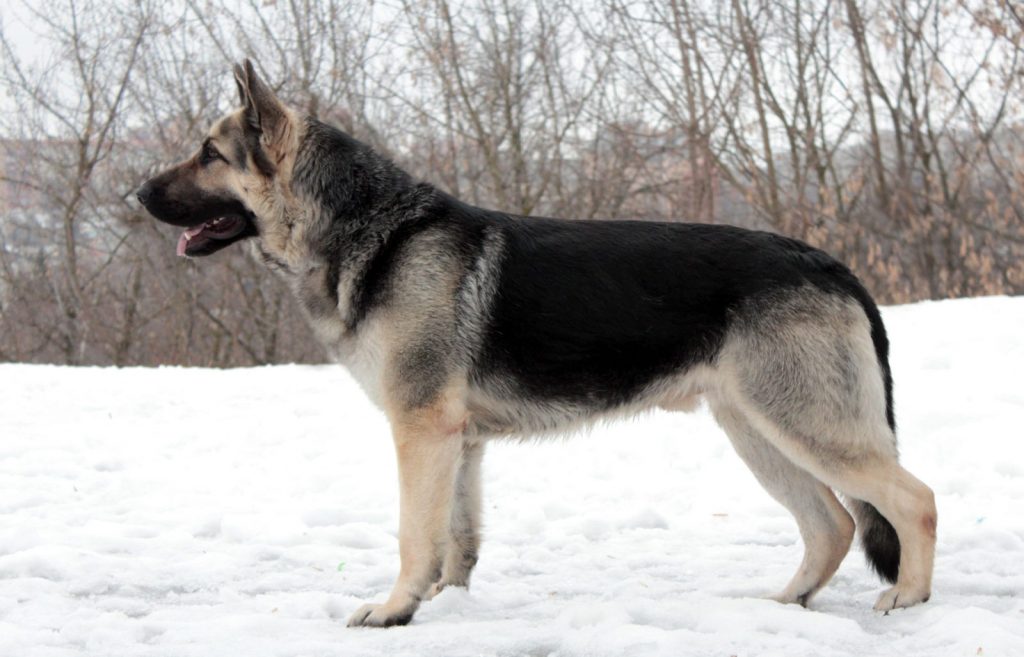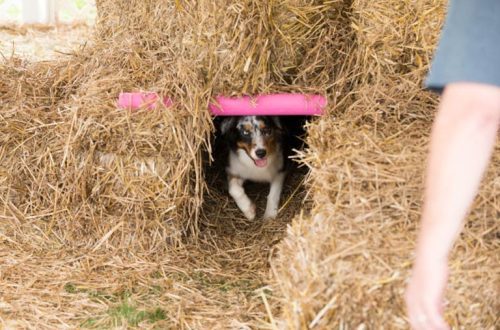
He pehea te rereke o te Hepara Tiamana i te Pakeha o te Rawhiti
Two beauties, two smart and loyal dogs, at first glance so similar to each other, are representatives of the same breed? Not really.
The East European Shepherd Dog (VEO) and the German Shepherd Dog (HO) really have a lot in common, because the Easterner appeared in the USSR in the 30s and 40s of the last century thanks to the selection of Germans, the national breed of Germany. In 2002, the Russian Cynological Federation recognized the BEO as a separate breed, in contrast to the international association FCI, which has not yet done so. But a visual comparison of the German Shepherd and the East European shows that there are much more differences between these breeds than many are used to thinking.
tirotiro
External differences between German and Eastern European Shepherds
If you put two dogs side by side or compare their photos, the first thing that catches your eye is the topline. In the German Shepherd, the back resembles an arc, the croup is noticeably lowered. The standard slope is approximately 23 degrees. The BEO has a straight back, and the croup is minimally inclined. In the stance, the hind legs of the Germans, unlike the Easterners, are quite strongly laid back.
These and some other body features affect the type of movement of dogs. The German Shepherd moves smoothly, creeping at a trot, as if squatting to the ground. The Eastern European lynx is sweeping, free, with a push. In movement, the German usually lowers his head slightly forward and raises his tail, stretching into a line, and the Easterner often, on the contrary, raises his head.
Both the East European Shepherd and the German Shepherd are strong, strong dogs with well-developed muscles. But the Easterners are much larger and heavier than the Germans.
The parameters registered in the standards may differ depending on the breeding country:
Tiamana Tiamana | Hepara Pakeha ki te Rawhiti | |||
uwha | tane | uwha | tane | |
Height at the withers, cm | 55 - 60 Waewae | 60 - 65 Waewae | 62 - 68 Waewae | 67 - 72 Waewae |
Taumaha, kg | 22 - 32 Waewae | 30 - 40 Waewae | 30 - 50 Waewae | 35 - 60 Waewae |
Characteristic lines of the back and dimensions are parameters by which it is easy to distinguish puppies of one breed from another. BEO babies are larger, look like clumsy cubs and gain weight much faster.
There are two varieties of German Shepherds: short-haired and long-haired. Eastern European – only shorthaired.
There are other less noticeable at first glance differences between the German and the East European Shepherd – the shape of the skull, the size of the chest, the length of the limbs, etc. It is more important for cynologists and those who breed or prepare dogs for competitions to take them into account.
The difference between the East European and German Shepherd in character and behavior
NO and VEO are smart, balanced and incredibly loyal dogs to their owners. They are easy to train and obediently follow commands, they are excellent defenders and companions. And yet, there are enough differences in the temperament of the East European Shepherd and the German Shepherd.
German Shepherds are more noisy, energetic and mobile, quite emotional – real choleric. They get great pleasure from physical activity and communication with people. Due to the peculiarities of the structure, the Germans show themselves well at long distances.
If the owner can take long walks in the fresh air, is ready for active games and is thinking about taking the dog to sports competitions, then a German is worth choosing. With the right training, German Shepherds can handle the toughest workouts and often shine in the show ring.
East European Shepherds are much calmer and even more serious, especially males. If the Germans often regard the exercises as entertainment, then the Easterners treat them as work tasks that must be performed with the highest quality. VEOs are much more phlegmatic, sometimes stubborn, attached to owners and wary of strangers. They are excellent guards and guides and are well suited to those who value peace of mind.
It is worth considering the size of the dogs. If a more compact German Shepherd is quite comfortable in a city apartment, then a large Eastern European is better in a private house, where there is more freedom and personal space.
Both breeds are well-deservedly popular, but the choice in favor of one or the other is important to make taking into account the lifestyle and purposes for which it is planned to get a dog.
Tirohia hoki:
Top 10 nga Kuri Kaitiaki Pai rawa atu mo tetahi kaainga motuhake
How to choose a guard dog
Top XNUMX nga momo kuri mohio
9 nga whakahau matua hei whakaako i to kuri
Nga tohutohu taahiraa-i-te-taahiraa mo te whakaako i nga whakahau a te kuri





